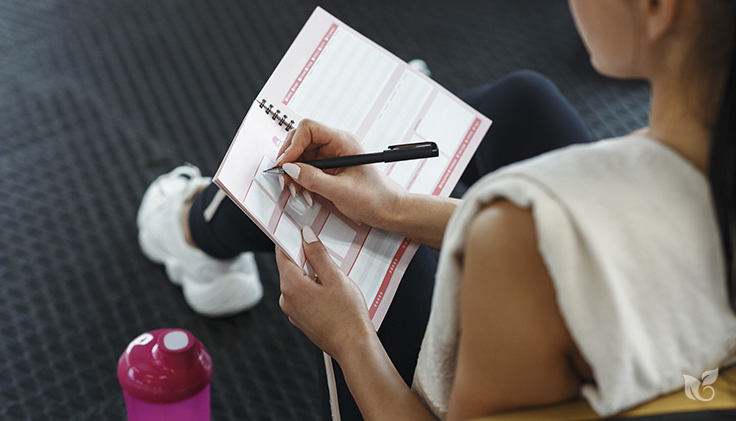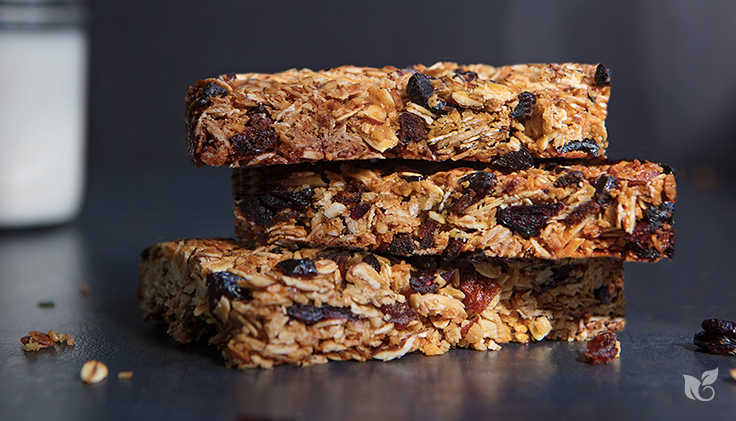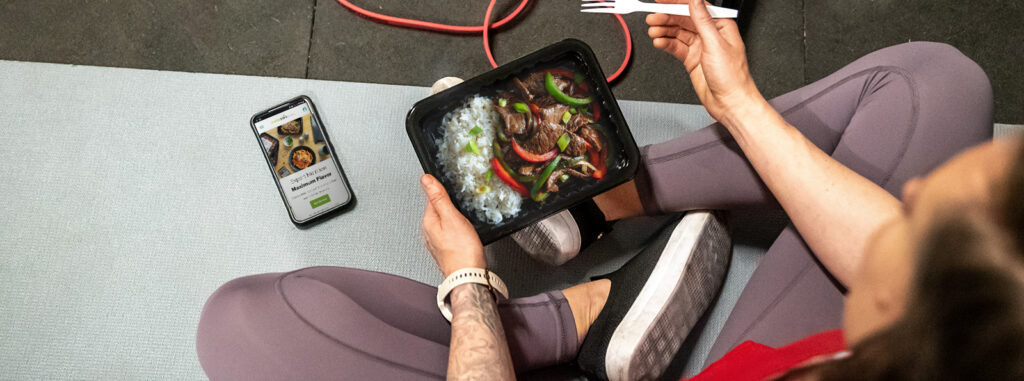Almost 85 percent of people in both developed and developing countries live largely sedentary lifestyles. The human body was designed to move, and when it’s deprived of this movement, the results can manifest as poor physical health, mood disorders, and accelerated aging.
In fact, studies show that inactivity might be as bad for our health as smoking, leading to increased risks of chronic health problems such as heart disease, Type 2 diabetes, and some forms of cancer. Your physical and mental health depend so much on exercise that not getting enough is considered one of the 10 major risk factors for death worldwide.
Why Your Body Needs to Move

Regular exercise is a highly effective way to relieve stress, anxiety, and depression, which affect millions of people throughout the United States. In addition to lowering your risks for chronic diseases, making your body move boosts your energy and improves your overall fitness. Likewise, more energy and a leaner, healthier body can boost your self-confidence.
Lack of physical activity can also strongly influence the rate at which your body ages. Staying inactive accelerates the loss of muscle tissue, a process also known as atrophy, leading to weakness, increased risks of injury, and reduced coordination. It also ages your brain by contributing to memory loss and brain fog.
Fortunately, experts agree you can combat these risks with just 30 minutes of moderate to vigorous exercise every day. With a few tips, we can help you maximize those 30 minutes and get the most out of each workout.
How 30 Minutes a Day Can Change Your Life
The specific benefits of daily 30-minute workouts, such as reduced risk of disease and increased bone density, can only be measured by your doctor. However, many positive changes will stand out to you and your loved ones, including increased energy, a firmer body, and a stronger immune system.
Exercise boosts circulation, muscle strength, and endorphin production, helping your body work more efficiently. Simple tasks such as walking up the stairs and washing your car will feel easier almost immediately. You’ll also be more focused at work, less fatigued, less reliant on caffeine, and more capable of accomplishing tasks throughout each day.
More gradually, regular exercise increases your muscle mass and helps you shed excess fat and fluids. As moderate daily exercise supports your body’s production of antibodies and white blood cells, it will also fight off viruses and other pathogens more efficiently, significantly boosting your immune response and ability to fight disease.
5 Tips to Get the Most Out of Your 30 Minutes
Like so many other students, my sedentary life began in college, and by the time I graduated, I was much less fit than when I started. Spending days sitting in lecture halls and evenings completing research assignments was no way to maintain a healthy body. Thankfully, I realized my decline and committed to daily exercise that included running, walking, core strengthening, and weights.
I kept a journal to track my workouts and stay motivated, and after only a few months, my muscles were toned and my physique was much leaner. My physical endurance also improved dramatically, and I found myself craving more exercise. What I learned was that, with the right strategy, a 30-minute workout can by highly effective.
These five tips can help you get the most out of your workout:
1. Make a plan.

Outline the steps you need to take to reach your health and fitness goals by creating a personalized exercise plan. Begin by writing a five-week schedule of the workouts you want to do, and stick to it. When it’s time for each workout, you won’t have to waste time figuring out what to do for that day — just refer to your plan.
2. Cross-train.

Switch up your workout occasionally to strengthen different muscle groups, making you stronger and more powerful. No matter what your fitness level is, you’ll always benefit from variety. Incorporate aerobic exercise, strength training, core exercises, stretching, and balance. This can be as simple as taking a new yoga class or climbing lessons, or topping your aerobic workout with five to 10 minutes of stretching, sit-ups, and push-ups.
3. Fuel your workout.

Stay hydrated and focus on foods that support healthy blood sugar to keep your energy up and prevent yourself from hitting a wall mid-workout. As your fitness level and stamina build, your body will burn more energy, so consider eating a small, healthy snack 45 minutes before your workout. Excellent pre-workout snacks include steel-cut oatmeal, apple slices with almond butter, Greek yogurt with blueberries and chia seeds, half of a baked sweet potato, or a homemade protein bar.
4. Give it your all.

Stay mentally focused and motivated to make the most of your time; after all, 30 minutes goes by quickly. Visualize your goal or recite encouraging mantras to keep your mind on your workout. To further sharpen your focus, as well as burn more calories, incorporate intervals into your workout by breaking it up into periods of high intensity followed by periods of low intensity.
5. Recover smartly.

Support your body’s recovery to reduce your risk of injury and maximize the benefits of each workout. Starting a new routine puts additional stress on your muscles and joints, so be sure to get enough sleep, stay hydrated throughout the day, eat a variety of nutritious foods, and stretch regularly.
For many people, a sedentary life isn’t wholly avoidable, but the catastrophic health risks associated with it largely are. When you consider the profound benefits of regular physical activity, 30 minutes of exercise a day — used to their fullest potential — is an excellent investment in your health.
Need some help fueling your muscles? We’ve got you covered there too with chef-prepared, ready-to-eat meals delivered fresh to your door.






